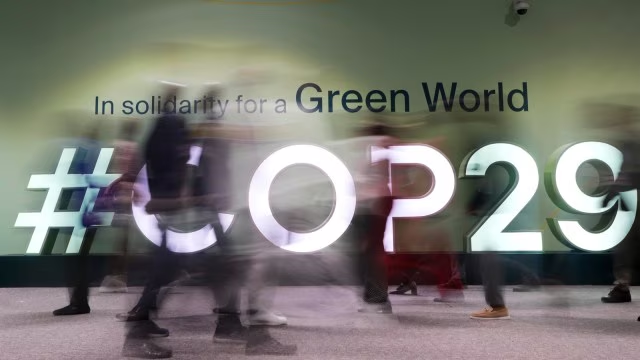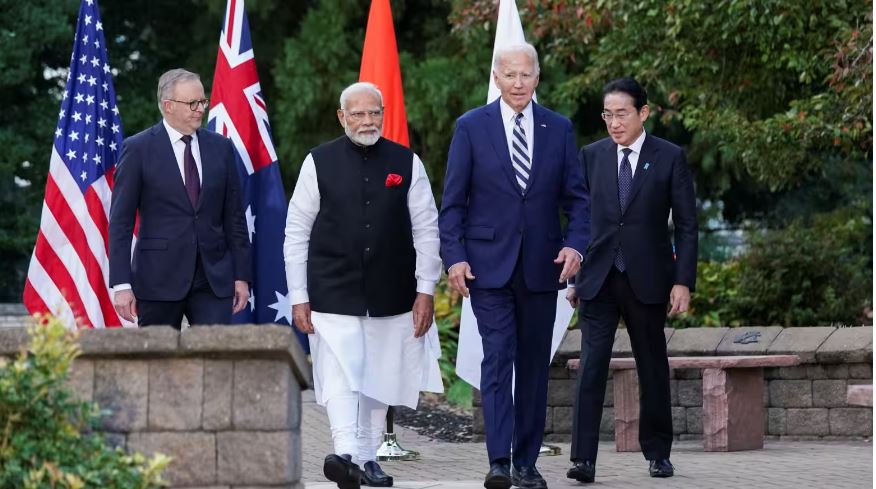Prof. Syed Munir Khasru
South China Morning Post (Hong Kong)
August 14, 2014
https://www.scmp.com/opinion/world-opinion/article/3273249/steel-industry-forging-new-identity-champion-sustainability
Amid the clanging of hammers and the glow of molten metal, an unexpected environmental revolution is taking shape. The steel industry, long perceived as a climate villain, is forging a new identity as a champion in the fight against global warming.
This transformation isn’t just reshaping an age-old industry, it’s redefining our understanding of how even the most carbon-intensive sectors can pivot towards a sustainable future.
Steel is fundamental to modern civilisation, used in everything from skyscrapers to smartphones. But traditional production is carbon-intensive. As the world grapples with the urgent need to limit global warming to 1.5 degrees Celsius above pre-industrial levels, as outlined in the Paris Agreement, the transformation of the steel sector, which accounts for about 7-9 per cent of global carbon dioxide emissions from the use of fossil fuels, is crucial.
Among the technologies driving this change in the steel industry, one of the most promising is hydrogen-based production. Several leading steel companies are pioneering hydrogen as a reducing agent, in place of coal.
Sweden’s SSAB, LKAB and Vattenfall have developed HYBRIT (hydrogen breakthrough ironmaking technology) and aim to produce steel free of fossil fuel by 2026. This process replaces coking coal with hydrogen produced from renewable electricity, potentially reducing Sweden’s carbon emissions by 10 per cent.
Austrian steel giant Voestalpine, another pioneer of hydrogen use, operates one the world’s largest pilot plants to produce hydrogen from renewable electricity. Through using more green hydrogen, it aims to cut its CO2 emissions from steel production by over 80 per cent by 2050.
ArcelorMittal, the world’s largest steel producer, is investing heavily in carbon capture and storage technologies. Its project in Ghent, Belgium, aims to capture carbon emissions from the blast furnace and convert them into ethanol.
Many producers, such as Nucor Corporation, North America’s largest steel producer, are also shifting to electric arc furnaces (EAFs), which can use up to 100 per cent scrap metal, unlike traditional blast furnaces.
By embracing EAFs and having recycled feed make up 77 per cent of its steel products, Nucor slashed its carbon footprint to just one-third of the global steel industry average, a new standard for eco-friendly steel production.
Tata Steel, one of India’s largest producers, has embarked on plans to make green steel and carbon-neutral steel across Europe by 2050, and has set ambitious targets for carbon reduction. In India, it aims to reduce its CO2 emissions to less than 2 tonnes per tonne of crude steel by 2025, well below the global average.
While global steel demand is projected to grow by 30 per cent by 2050, decarbonising production requires substantial investment – an estimated US$4.4 trillion over three decades. This could increase production costs by 30 per cent by mid-century, highlighting the need for innovative solutions and supportive policies for steelmakers to stay competitive in a low-carbon future.
Governments worldwide are recognising the importance of supporting the steel industry’s green transition. The European Union’s Green Deal Industrial Plan includes significant funding for decarbonisation projects in heavy industries, including steel. In the United States, the Inflation Reduction Act provides tax credits for clean hydrogen production, which could accelerate the adoption of hydrogen-based steelmaking.
Industry collaboration is crucial, and initiatives like ResponsibleSteel, a global multi-stakeholder standard and certification programme, are promoting sustainability across the steel supply chain. ResponsibleSteel members, including ArcelorMittal, BlueScope, Tata Steel and Posco, are working to address environmental and social issues in steel production.
A successful green transition for the steel industry could be a tipping point in the global fight against climate change. If one of the world’s most carbon-intensive industries can dramatically reduce its emissions, it sends a powerful message that no sector is beyond transformation. It would be a testament to the power of innovation and commitment to sustainability. This is not just about reducing emissions; it’s about reimagining entire industries for a sustainable future.
The progress made by companies like ArcelorMittal, Tata Steel and SSAB shows a greener future for steel production is not just possible, it’s under way. Their efforts are paving the way for other carbon-intensive industries to follow suit, showing that even the most traditional sectors can adapt and thrive in a low-carbon economy. It demonstrates the importance of long-term vision, the power of cross-sector collaboration and the potential for technological innovation to solve seemingly intractable problems.
The journey towards truly sustainable steel production is far from over. The industry must continue to innovate, invest in new technologies and collaborate across borders and sectors. Investors must recognise the long-term value of green steel and direct capital towards companies leading in sustainability. Consumers can also play a crucial role by demanding low-carbon steel products.
As the world stands at the crossroads of industrial legacy and environmental imperative, choices made now will shape the future of not just the steel industry, but the planet. The steel sector is proving that it’s possible to forge a future where industrial prowess and environmental stewardship are not mutually exclusive, but rather mutually reinforcing.
The steel industry, once a symbol of industrial pollution, is blazing a trail towards a cleaner, greener future. It’s time for other industries to follow suit. Our future depends on this crucial transformation.




0 Comments